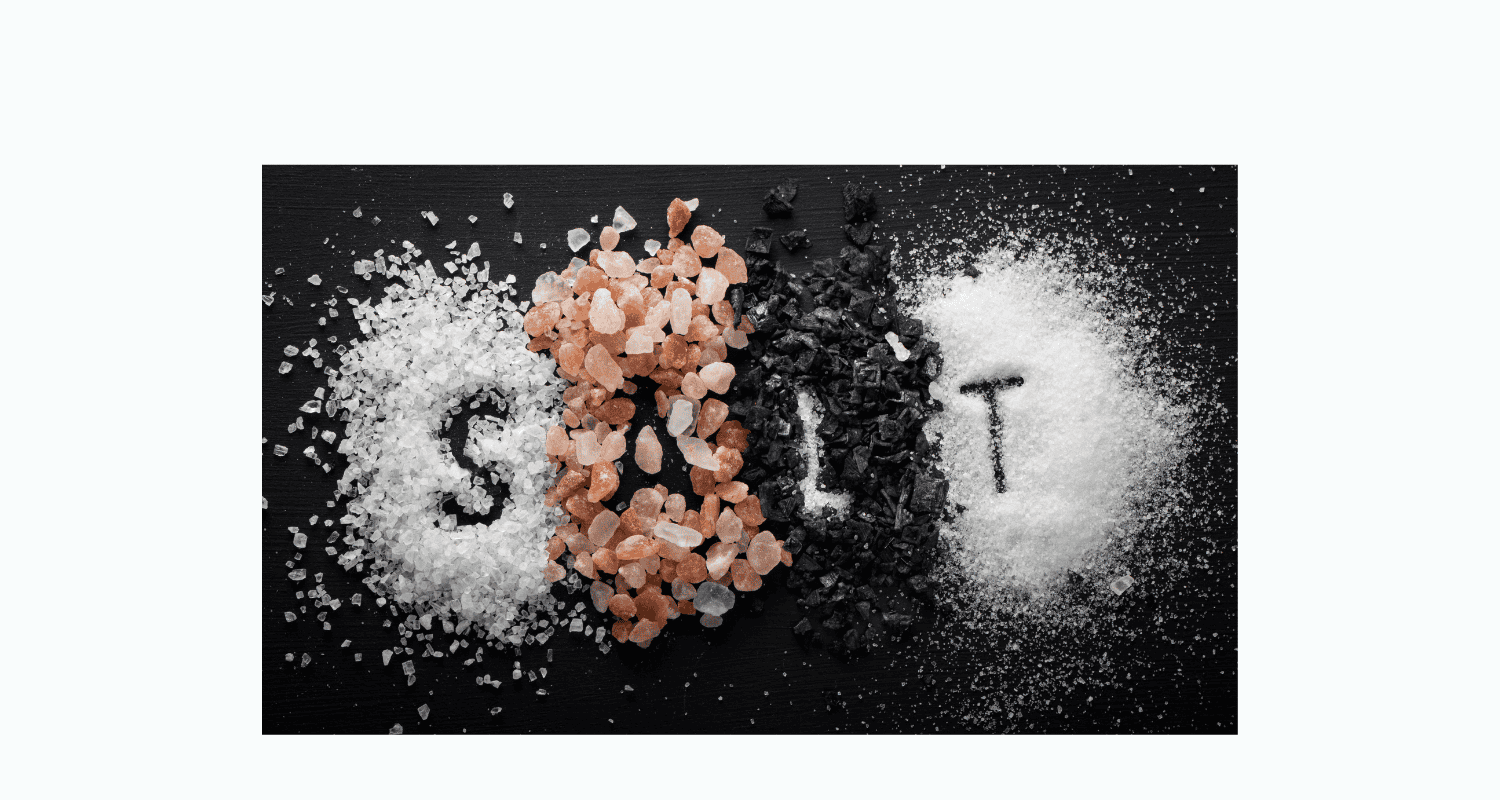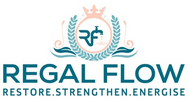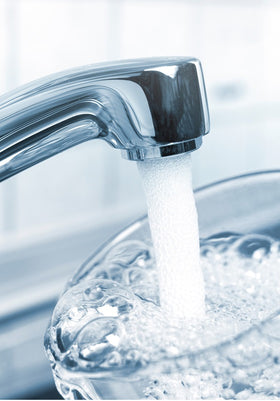
Can Reverse Osmosis Remove Salt?
Wondering if reverse osmosis can actually remove salt? Spoiler alert: Yes, it can! This clever process uses high-tech membranes to filter out salty impurities, making your water crystal clear. From countertop dispensers to massive desalination plants, Exploring Reverse Osmosis: Detailed Analyses and Practical Uses reveals how it works and why it’s essential for clean water!
Understanding Salt in Water
Sources of Salt Contamination
Salt in water is more common than you might think. It’s not just an issue for those living by the coast. Salt can sneak into freshwater supplies through seawater intrusion when ocean water seeps into rivers or groundwater. Agricultural runoff and industrial pollution are other culprits, as are older pipes leaching salt from your own plumbing. Even some water softeners can add salt to the mix, making your water not just hard but downright salty.
Effects of Salt in Drinking Water
Having salty water isn’t just inconvenient, it can also affect your health. Drinking salty water can lead to dehydration and put strain on your kidneys. Plus, high salt content contributes to high blood pressure, which no one wants to deal with. Let’s not forget the taste – salty water is unpleasant at best and undrinkable at worst. That’s why many turn to reverse osmosis as a solution to improve both the taste and safety of their water.
How Reverse Osmosis Removes Salt
The RO Process and Salt Filtration
Reverse osmosis is like a clever filtration wizard for your water. The process uses a semi-permeable membrane that only allows water molecules to pass through, leaving behind salts, minerals, and other contaminants. Think of it like a sieve that lets the good stuff through but traps all the bad stuff, including salt. When water is forced under pressure through the membrane, the salt gets left behind, ensuring that only pure, drinkable water flows out the other side.
Efficiency and Desalination
Reverse osmosis is one of the most efficient ways to tackle salt, removing up to 99% of dissolved solids, including salt. This makes it the go-to technology for large-scale desalination plants, turning seawater into fresh water for entire cities. But it's not just for massive facilities – many homes use reverse osmosis systems in their kitchens, providing salt-free, purified water right from the tap. The efficiency of RO systems ensures that whether you're in a high-rise apartment or by the sea, you can enjoy fresh, clean water with minimal effort.
Testing and Verifying Salt Removal
Importance of Water Testing
How can you be sure your reverse osmosis system is removing salt as effectively as it should? Water testing is key. You can easily test the salt levels in your water before and after it passes through the system to ensure it’s doing its job. Testing lets you know exactly what’s being filtered out, so you can have peace of mind knowing you’re drinking water that’s not just safe but also delicious.
Verifying RO System Performance
Not all reverse osmosis systems are built the same. To keep your water quality in check, it’s important to verify that your system is working as it should. Look for certifications, like NSF or WQA, which show the system has been tested and proven to remove contaminants, including salt. Over time, systems can lose efficiency, so keeping an eye on your filters and membranes is essential. If you ever notice your water tasting salty again, it might be time for a check-up.
Choosing an RO System for Salt Removal
System Specifications and Membrane Type
When selecting a reverse osmosis system, the membrane type is crucial. For effective salt removal, go for a system with a thin-film composite (TFC) membrane. TFC membranes are specifically designed to filter out dissolved solids like salt and are known for their durability and efficiency. The pore size of the membrane is also key, with smaller pores ensuring that only water molecules can pass through, while salts and other contaminants are blocked.
Maintenance and System Longevity
To keep your reverse osmosis system working at its best, regular maintenance is a must. Just like changing the oil in your car, you’ll need to replace filters and clean membranes from time to time. How often you need to do this depends on how much water your system processes and the quality of the water supply. Keeping on top of maintenance ensures that your system lasts longer and continues to remove salt and other impurities effectively.
Additional Benefits of RO Desalination
Removal of Other Minerals
One of the great things about reverse osmosis is that it doesn’t just remove salt – it also takes out other harmful minerals. Heavy metals like lead, chlorine, and pesticides are also blocked by the semi-permeable membrane. This means your water is not only salt-free but also safer to drink, giving you the peace of mind that your water is free from a variety of contaminants.
Ensuring Pure Water
Reverse osmosis is a gold standard when it comes to purifying water. It removes almost all dissolved solids, ensuring your water is pure and clean. If you’ve ever tasted water from an RO system, you’ll notice how crisp and fresh it is – that’s because it’s free from unwanted substances, including salt. Whether you’re concerned about taste, health, or both, RO offers a way to get the purest water possible.
Conclusion: Effective Salt Removal with RO
Key Takeaways on Desalination
Reverse osmosis is one of the most reliable ways to remove salt from water. Whether you’re looking for a system for your home or you're interested in the desalination plants that serve millions, RO technology is proven to remove up to 99% of salt and other contaminants. The process is efficient, easy to maintain, and ensures you get access to fresh, drinkable water, free from salty impurities.
Final Thoughts on Water Purity
In the end, reverse osmosis is a great choice for anyone looking to improve their water quality. Whether it’s to make sure your tap water is safe or to enjoy pure water straight from a countertop dispenser, RO systems are the perfect solution. With regular maintenance and the right system, you can ensure your water stays fresh, healthy, and free of salt. Clean water is within your reach – and reverse osmosis makes it happen.
More Reverse Osmosis info we think you'll love
Is Reverse Osmosis Water Chlorine Free?
Is Reverse Osmosis Water the Best?
Is Reverse Osmosis Good for Well Water?
Can Reverse Osmosis Remove Lead?
Can Reverse Osmosis Remove PFAS?
Is a Reverse Osmosis System Needed for Window Cleaning?
Does Reverse Osmosis Remove Viruses from Water? Understanding the Filtration Process
How do I Maintain my Reverse Osmosis System for Longevity and Performance?
Is Reverse Osmosis Water Good for Coffee? Exploring Water Quality for the Perfect Brew
Reverse Osmosis vs. Carbon Filters for Well Water: Which is Best for Your Needs?



Leave a comment